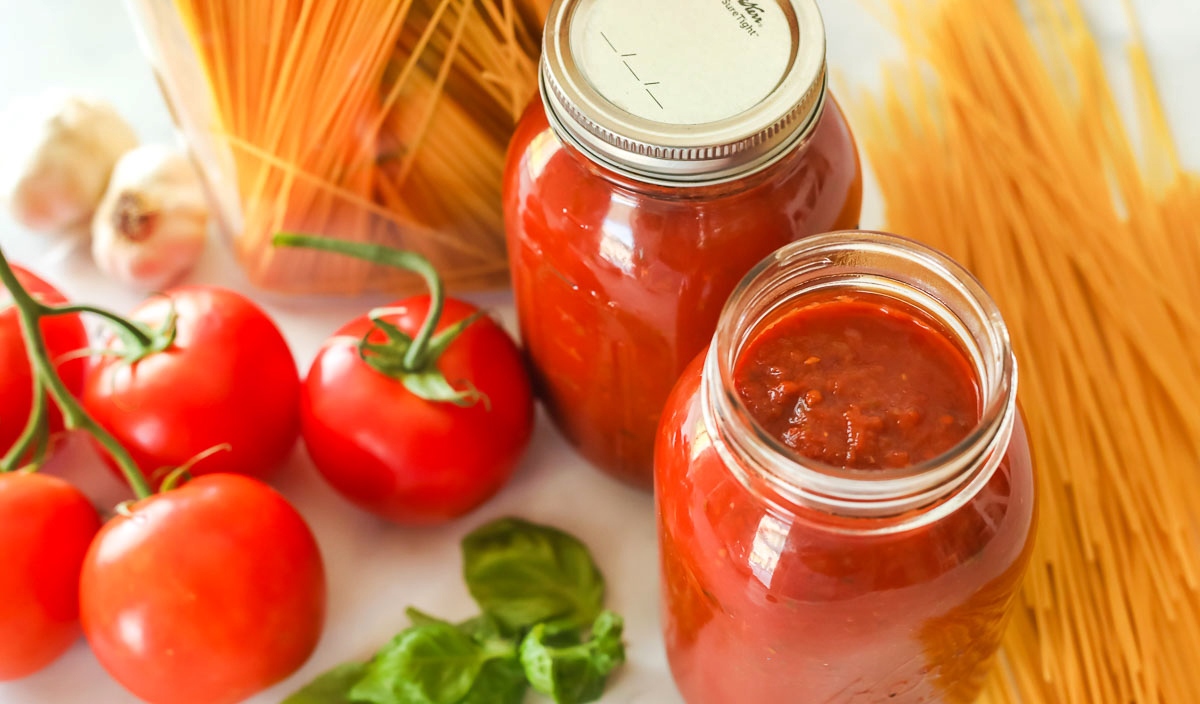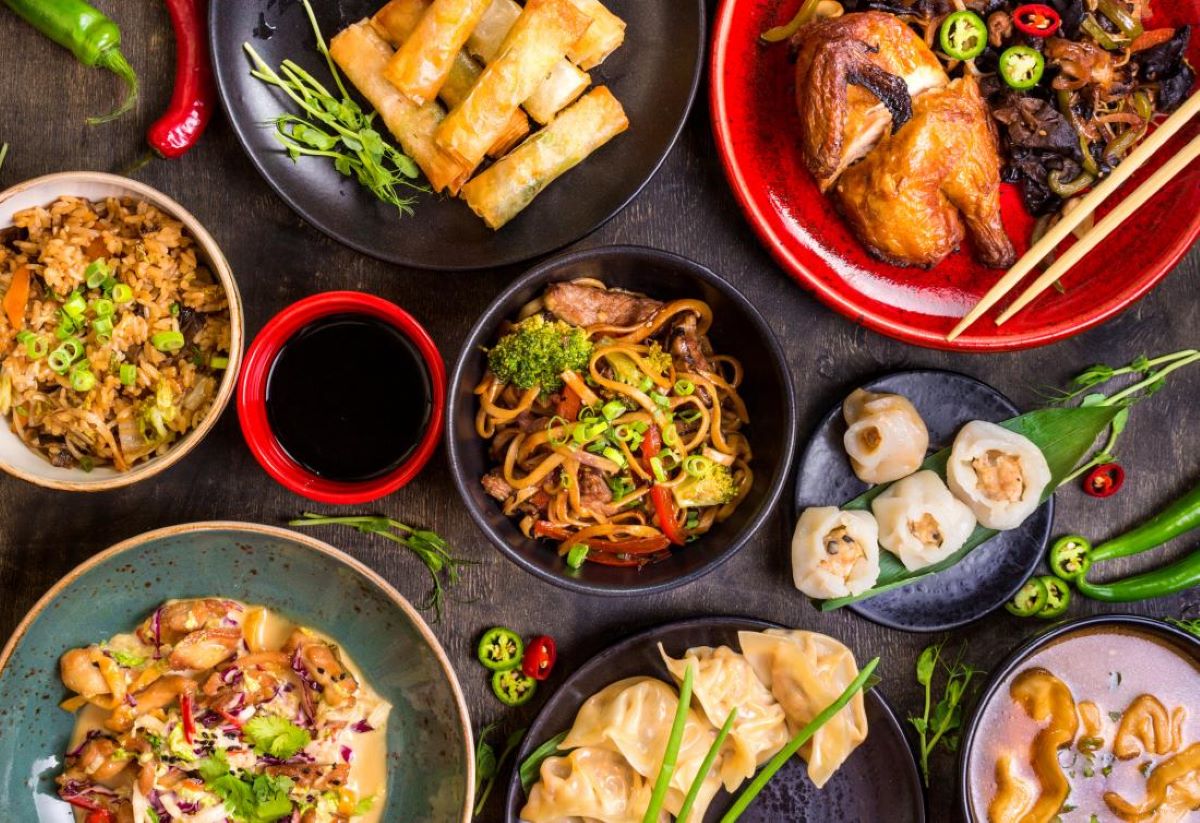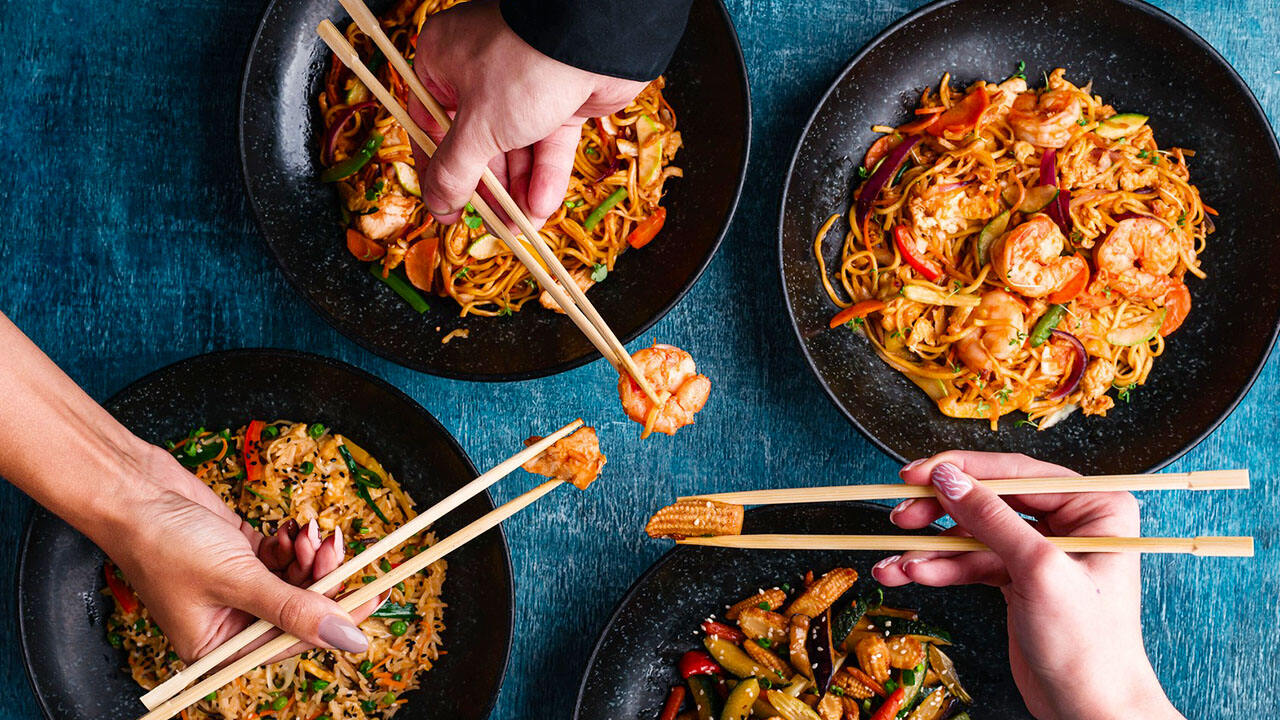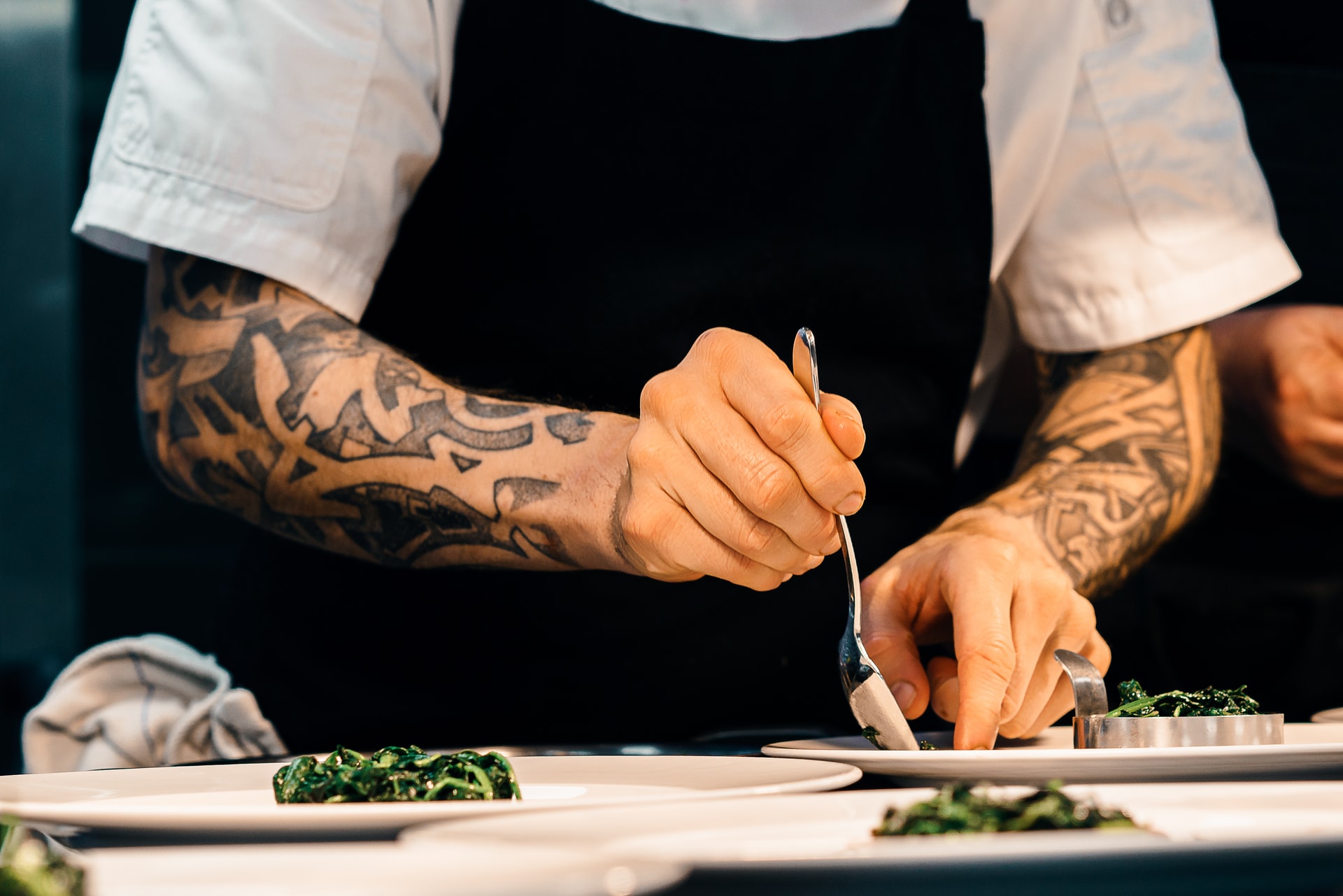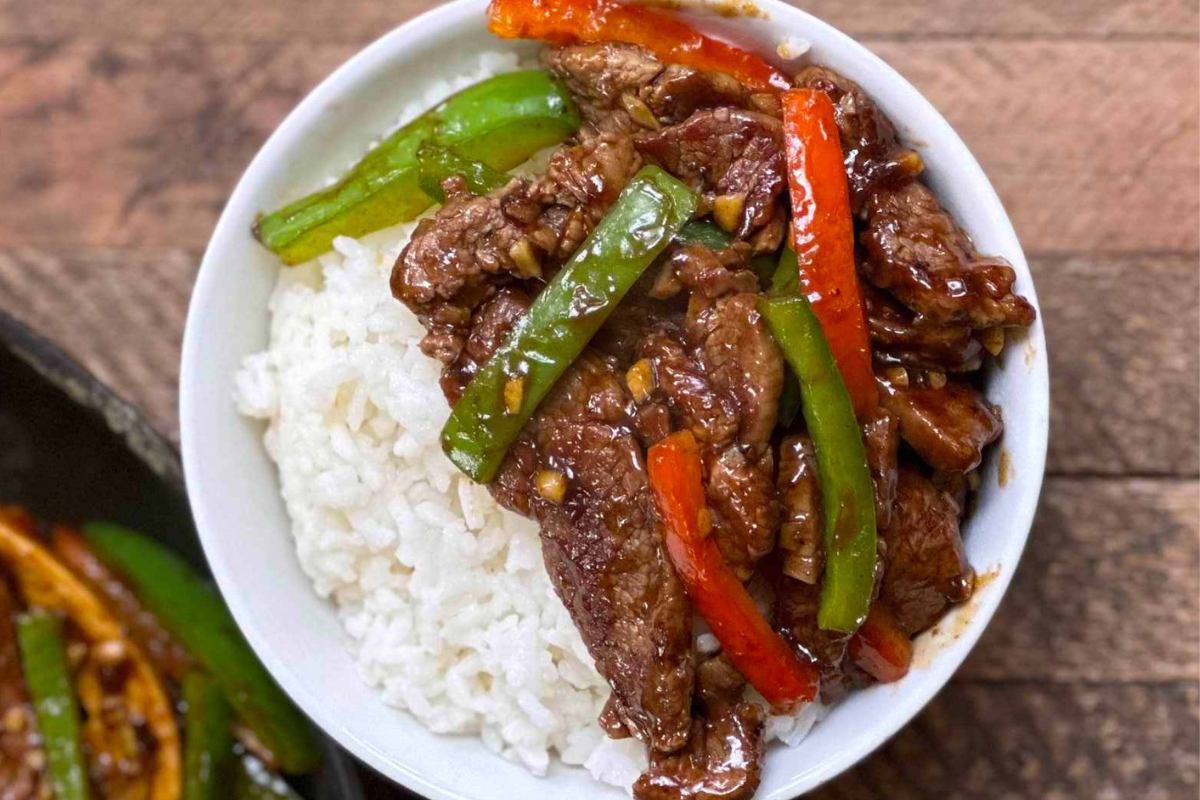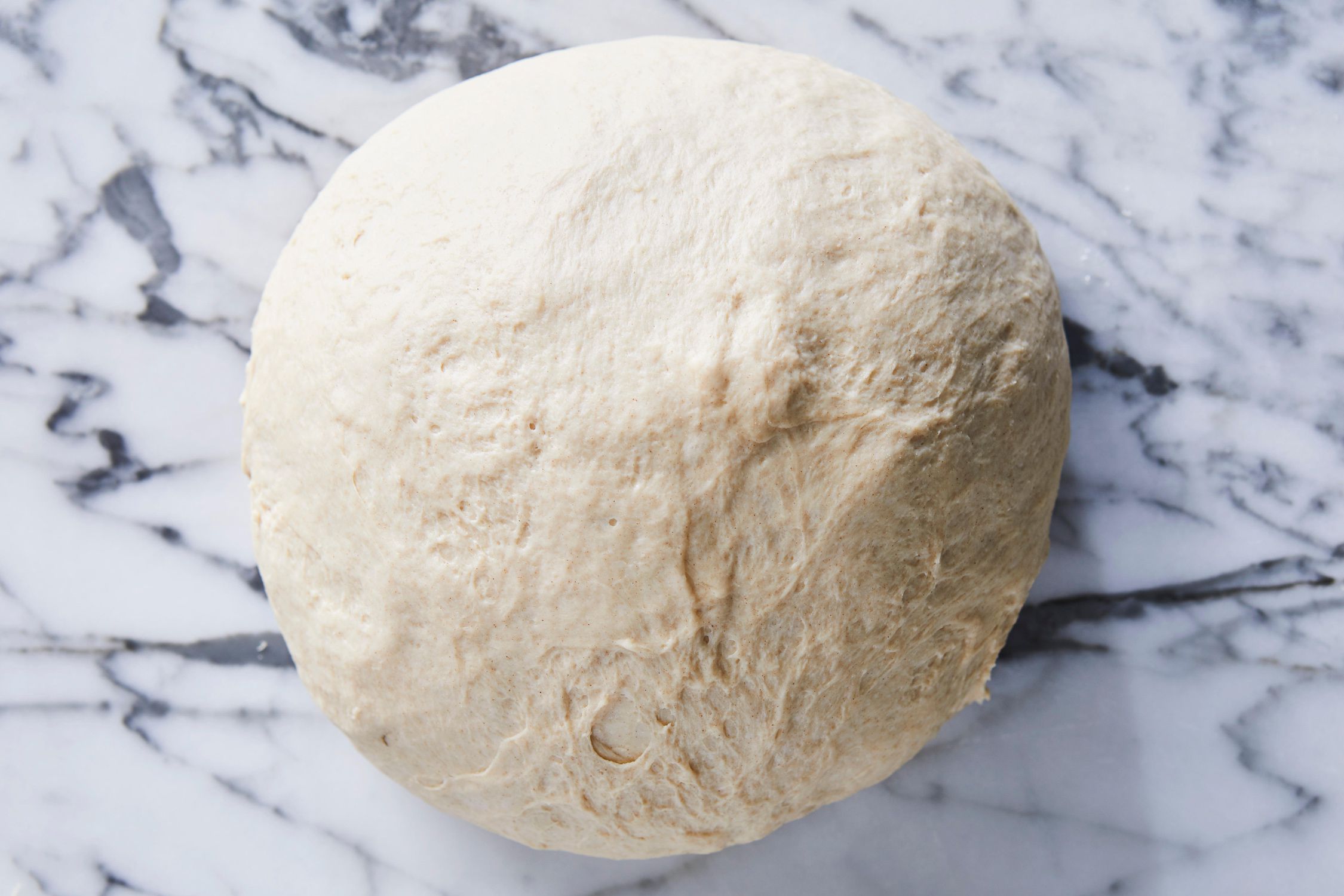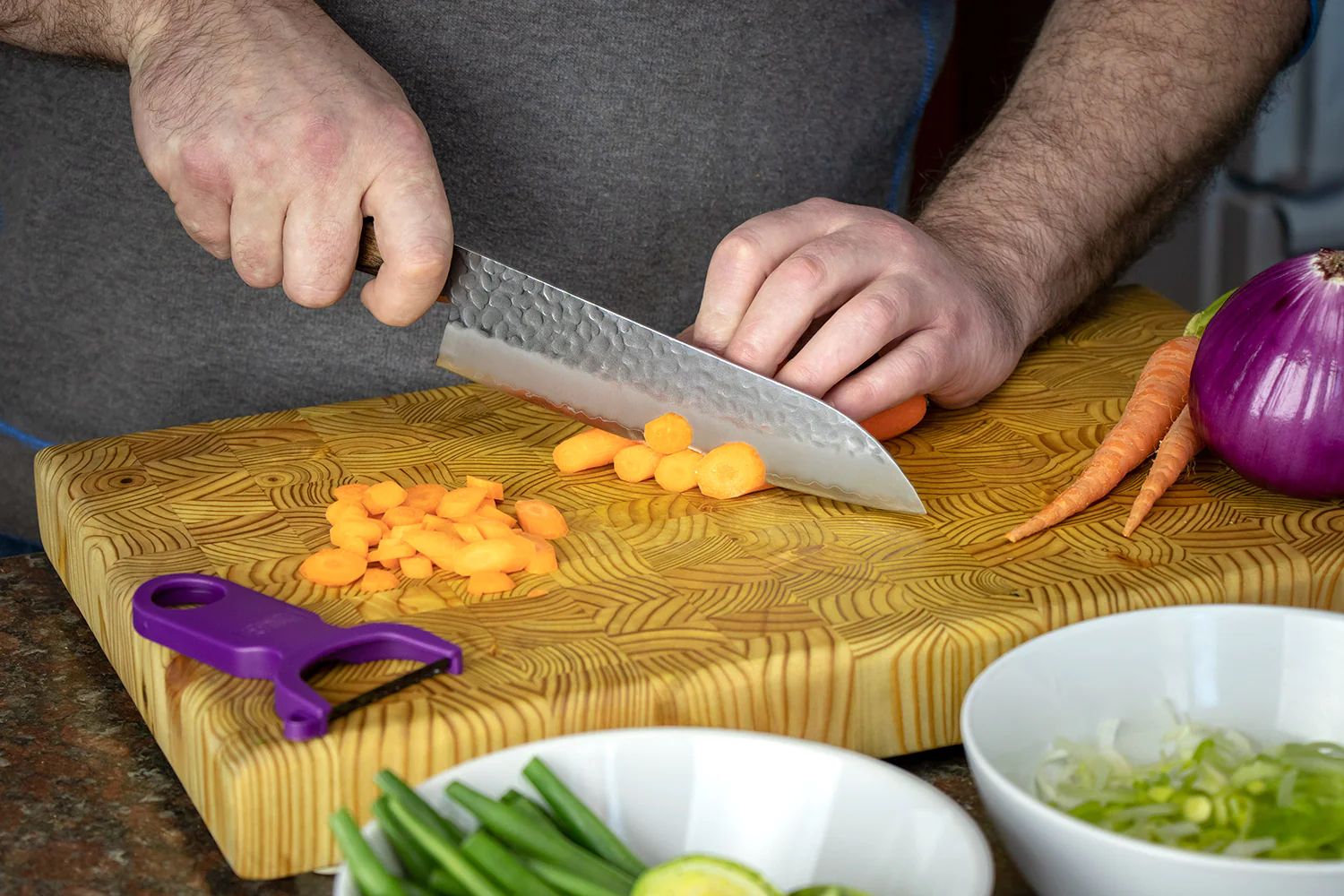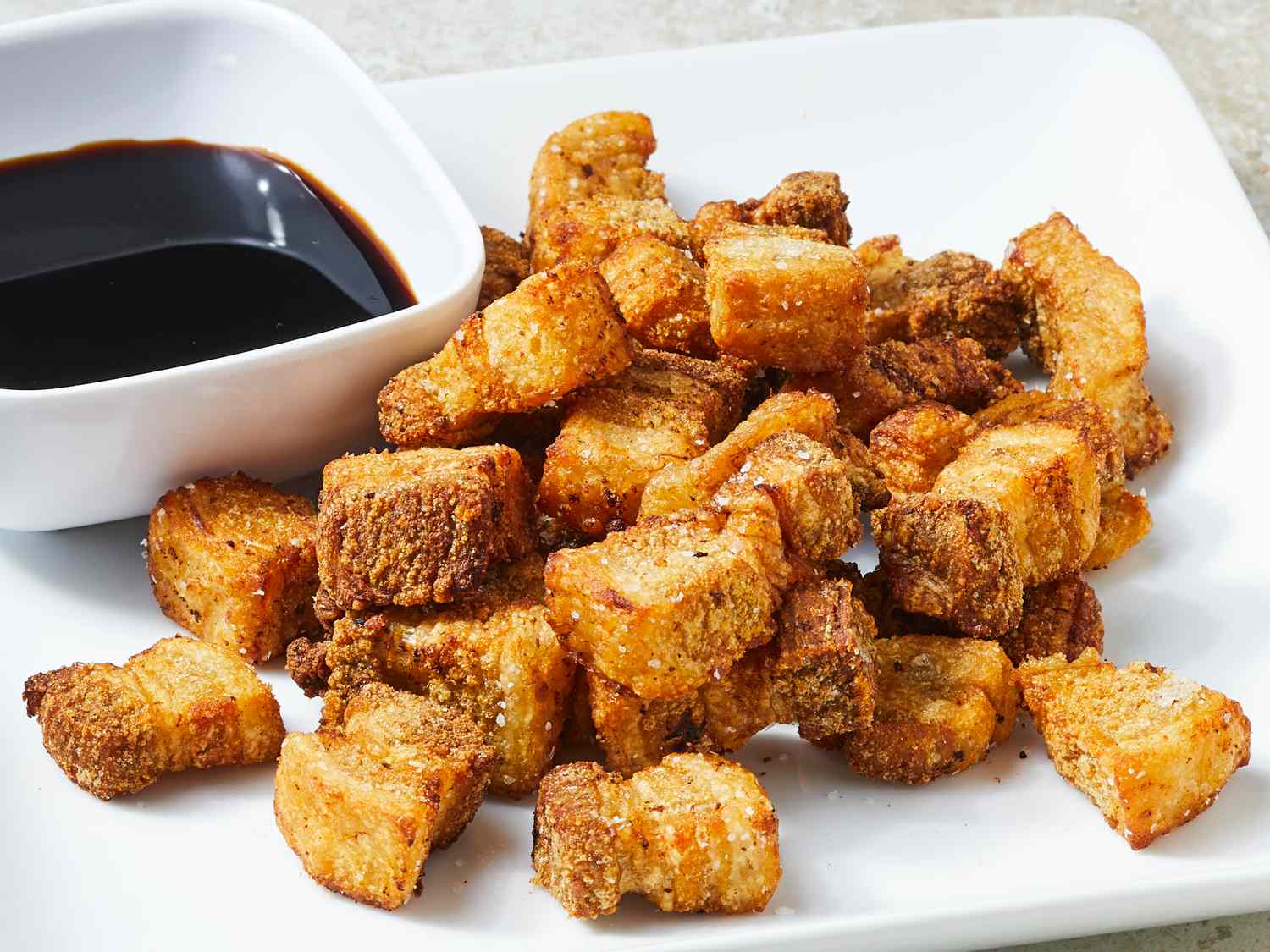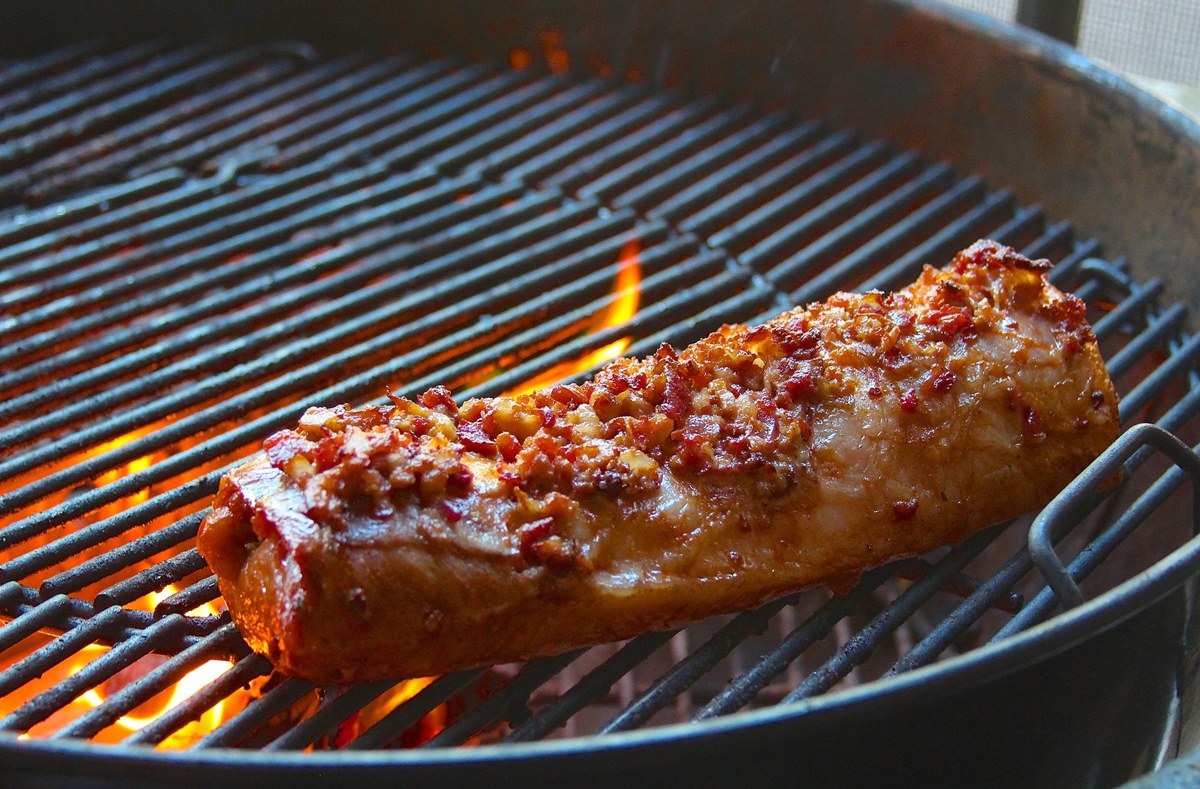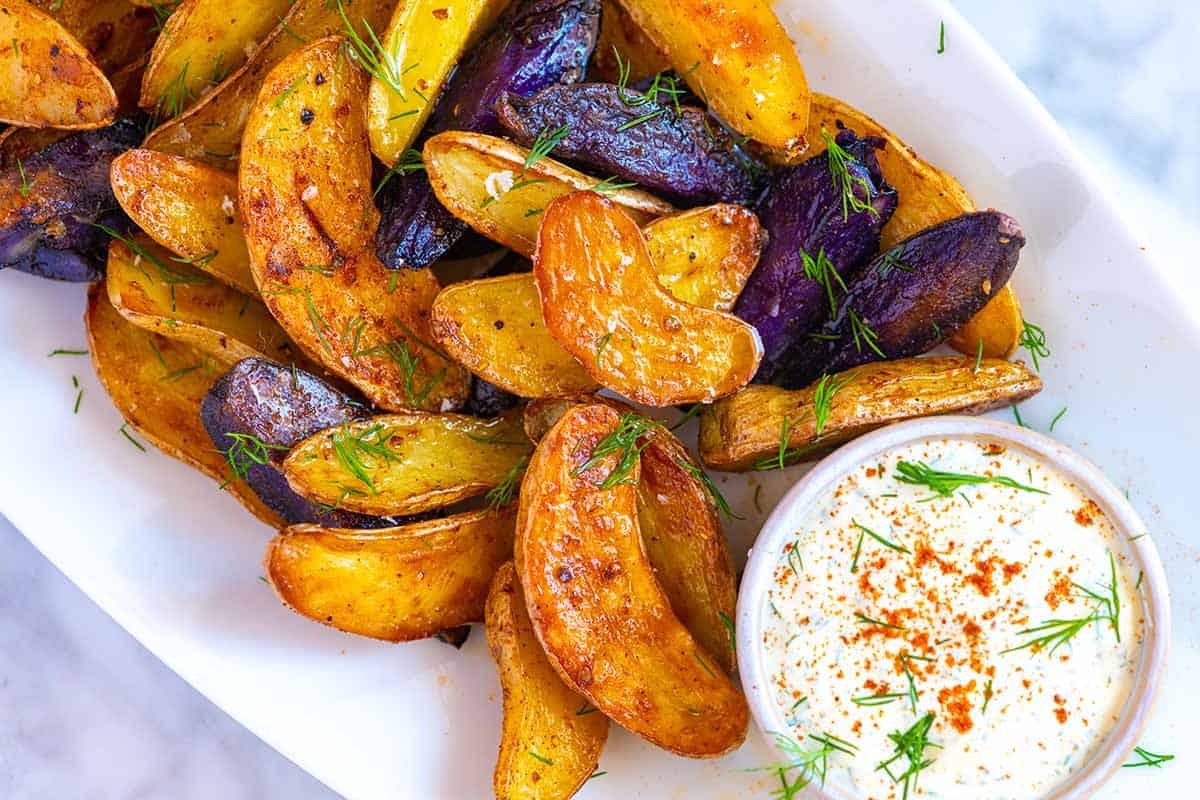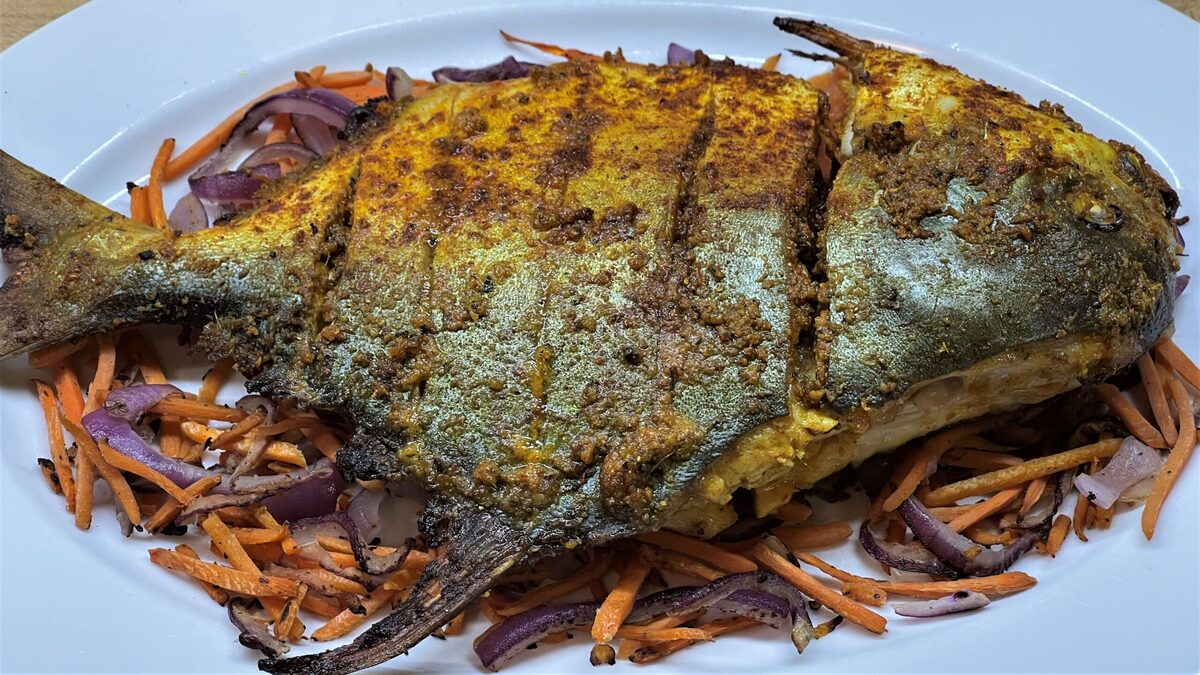Sauces can transform simple dishes into something special. Learning basic sauce techniques is a game-changer for any home cook. From creamy Alfredo to tangy marinara, mastering these essentials will boost your kitchen confidence. Imagine drizzling a rich béchamel over veggies or tossing pasta in a zesty pesto. These sauces not only add flavor but also texture and color to meals. Whether you're a beginner or looking to refine your skills, understanding the fundamentals of sauce-making opens up endless culinary possibilities. Get ready to impress family and friends with delicious, homemade sauces that elevate your cooking to the next level.
Essential Ingredients for Perfect Sauces
- Butter
- Flour
- Milk
- Chicken or vegetable broth
- Heavy cream
- Tomatoes, fresh or canned
- Garlic cloves
- Onion
- Olive oil
- Salt
- Black pepper
- Fresh herbs (basil, thyme, parsley)
- Parmesan cheese
- Dijon mustard
- White wine (optional)
- Lemon juice
- Worcestershire sauce
- Soy sauce
- Sugar (optional)
- Chili flakes (optional)
Tools You Need for Cooking 101: Mastering Basic Sauce Techniques
Tools Needed to Master Basic Sauce Techniques
- Saucepan: Essential for simmering and reducing sauces.
- Whisk: Helps blend ingredients smoothly, avoiding lumps.
- Wooden Spoon: Ideal for stirring without scratching cookware.
- Measuring Cups and Spoons: Ensures precise ingredient amounts.
- Ladle: Perfect for serving and portioning sauces.
- Fine Mesh Strainer: Removes any unwanted bits for a smooth sauce.
- Blender or Immersion Blender: Useful for pureeing sauces to a silky texture.
- Heatproof Spatula: Scrapes down sides of the pan, ensuring even cooking.
- Thermometer: Monitors sauce temperature, preventing overcooking.
- Cutting Board and Knife: Prepares ingredients like herbs, garlic, and onions.
- Mixing Bowls: Holds prepped ingredients and mixes components.
- Tongs: Handy for handling hot ingredients or tasting.
- Timer: Keeps track of cooking times for perfect consistency.
- Grater or Microplane: Grates cheese, zest, or spices for added flavor.
- Storage Containers: Stores leftover sauce for future use.
Mastering basic sauce techniques starts with understanding five French "mother sauces": béchamel, velouté, espagnole, tomato, and hollandaise. Each serves as a foundation, allowing endless variations with added ingredients for flavor diversity.
Why Learn Basic Sauce Techniques?
Mastering basic sauce techniques transforms simple dishes into culinary masterpieces, elevating flavors and textures. This skill allows home cooks to infuse meals with personal touches, creating unforgettable dining experiences. Understanding these fundamentals opens up endless possibilities for customization, making every meal a reflection of the cook's creativity and passion for food.
In the kitchen, sauces are the backbone of numerous recipes, providing moisture, richness, and depth. Learning to craft them from scratch not only enhances the taste of dishes but also boosts confidence in cooking abilities. It's about taking control of what goes into your food, ensuring healthier, more flavorful outcomes.
Step-by-Step Guide to Cooking 101: Mastering Basic Sauce Techniques
Cooking 101: Mastering Basic Sauce Techniques
1. Gather Ingredients and Tools
- Saucepan
- Whisk
- Measuring cups
- Measuring spoons
- Butter
- Flour
- Milk
- Salt
- Pepper
- Olive oil
- Garlic
- Onion
- Tomato paste
- Chicken broth
- Heavy cream
- Cheese
2. Make a Roux
- Melt butter in a saucepan over medium heat.
- Add flour and whisk until smooth.
- Cook for 2-3 minutes until it turns light brown.
3. Create a Béchamel Sauce
- Slowly add milk to the roux, whisking constantly.
- Bring to a simmer and cook until thickened.
- Season with salt and pepper.
4. Prepare a Tomato Sauce
- Heat olive oil in a saucepan over medium heat.
- Add chopped garlic and onion, sauté until soft.
- Stir in tomato paste and cook for 2 minutes.
- Add chicken broth and simmer for 15 minutes.
5. Make a Velouté Sauce
- Heat chicken broth in a saucepan.
- Add a roux (butter and flour mixture) to the broth.
- Whisk constantly until thickened.
- Season with salt and pepper.
6. Create a Hollandaise Sauce
- Melt butter in a saucepan.
- Whisk egg yolks in a bowl.
- Slowly add melted butter to the egg yolks, whisking constantly.
- Add lemon juice and season with salt.
7. Prepare a Cheese Sauce
- Make a béchamel sauce.
- Add grated cheese to the béchamel.
- Stir until melted and smooth.
8. Make a Pesto Sauce
- Blend fresh basil, garlic, pine nuts, and Parmesan cheese.
- Slowly add olive oil while blending until smooth.
- Season with salt and pepper.
9. Create a Red Wine Reduction
- Pour red wine into a saucepan.
- Add chopped shallots and garlic.
- Simmer until reduced by half.
- Strain and season with salt and pepper.
10. Prepare a Cream Sauce
- Heat heavy cream in a saucepan.
- Add garlic and simmer until thickened.
- Season with salt and pepper.
11. Make a Chimichurri Sauce
- Chop fresh parsley, garlic, and oregano.
- Mix with red wine vinegar and olive oil.
- Season with salt and pepper.
12. Create a Teriyaki Sauce
- Combine soy sauce, mirin, and sugar in a saucepan.
- Simmer until thickened.
- Add grated ginger and garlic.
13. Prepare a Barbecue Sauce
- Mix ketchup, brown sugar, vinegar, and Worcestershire sauce.
- Simmer until thickened.
- Season with salt and pepper.
14. Make a Salsa Verde
- Blend fresh tomatillos, jalapeños, garlic, and cilantro.
- Add lime juice and season with salt.
15. Create a Mornay Sauce
- Make a béchamel sauce.
- Add grated Gruyère and Parmesan cheese.
- Stir until melted and smooth.
Mastering Sauces: Your Culinary Adventure Awaits
Mastering basic sauce techniques is more than just a step in your culinary journey; it's a game-changer in the kitchen. With these skills, you're not just cooking; you're creating art on a plate. From velvety béchamel to rich hollandaise, each sauce you whip up adds depth, flavor, and sophistication to your dishes. Remember, practice makes perfect. Don't be afraid to experiment with flavors and textures. Cooking is as much about intuition and creativity as it is about technique and precision. So, grab your whisk, embrace the challenge, and let your culinary adventure begin. Your dishes will never be the same, and that's a promise worth exploring.
Frequently Asked Questions About Cooking 101: Mastering Basic Sauce Techniques
Why is mastering basic sauce techniques crucial for any home cook?
Getting a handle on basic sauce techniques is like having a magic key in your kitchen. It's not just about making dishes taste better; it's about transforming simple ingredients into something extraordinary. Sauces can elevate a plain piece of chicken or a bowl of pasta into a meal that's restaurant-quality. Plus, knowing how to whip up a sauce from scratch means you can say goodbye to those store-bought versions filled with preservatives and hello to healthier, tastier eating.
What are the five mother sauces every chef should know?
In the culinary world, there are five mother sauces that form the foundation of French cuisine, and really, much of Western cooking. These include Béchamel, a creamy sauce made with milk and a white roux; Velouté, a light stock-based sauce thickened with a roux; Espagnole, a rich brown sauce made from roasted bones, vegetables, and a brown roux; Tomato sauce, which is pretty self-explanatory; and lastly, Hollandaise, an emulsion of egg yolk, melted butter, and lemon juice or vinegar. Master these, and you've got a solid base for countless variations.
How can I thicken a sauce without making it too heavy?
There are a few tricks to thickening a sauce without weighing it down. One popular method is using a roux, a mix of flour and fat cooked together, which can add body to your sauce without altering its flavor too much. Another technique is reduction, where you simmer the sauce to evaporate excess water, concentrating the flavors and naturally thickening it. Cornstarch or arrowroot powder mixed with a little cold water can also do the trick, creating a slurry that thickens sauces beautifully when added in.
Can you make sauces ahead of time?
Absolutely, making sauces ahead of time can be a real lifesaver, especially when you're planning a big meal. Most sauces reheat well, though you might need to add a little water or stock to adjust the consistency. For emulsified sauces like Hollandaise, gentle reheating is key to prevent them from separating. Just remember, if you've used fresh ingredients, it's best to use the sauce within a few days for the best flavor and safety.
What's the secret to a perfectly smooth sauce?
Achieving that silky-smooth texture in a sauce often comes down to two things: straining and blending. After cooking, running your sauce through a fine mesh strainer can remove any lumps or bits of herbs and spices. For an even smoother consistency, using an immersion blender or a standard blender can puree everything to perfection. Just be careful when blending hot liquids, as they can create pressure and potentially cause spills or burns.
How do I fix a broken sauce?
Don't panic if your sauce starts to separate or curdle; it's often fixable. For emulsified sauces like Hollandaise, you can try whisking in a few teaspoons of boiling water to bring it back together. If you're dealing with a butter-based sauce, starting with a new emulsion of egg yolk and water, then slowly whisking your broken sauce into it can also work wonders. Patience and gentle heat are your best friends here.
What are some creative ways to flavor sauces?
Spicing up your sauces is all about getting creative with ingredients. Fresh herbs, spices, citrus zest, and infused oils can add a new dimension to even the simplest sauce. Experimenting with different vinegars or types of wine can also introduce unique flavors. Don't be afraid to try adding a spoonful of mustard, a dash of soy sauce, or even a bit of honey or sugar to balance and enhance the overall taste.

